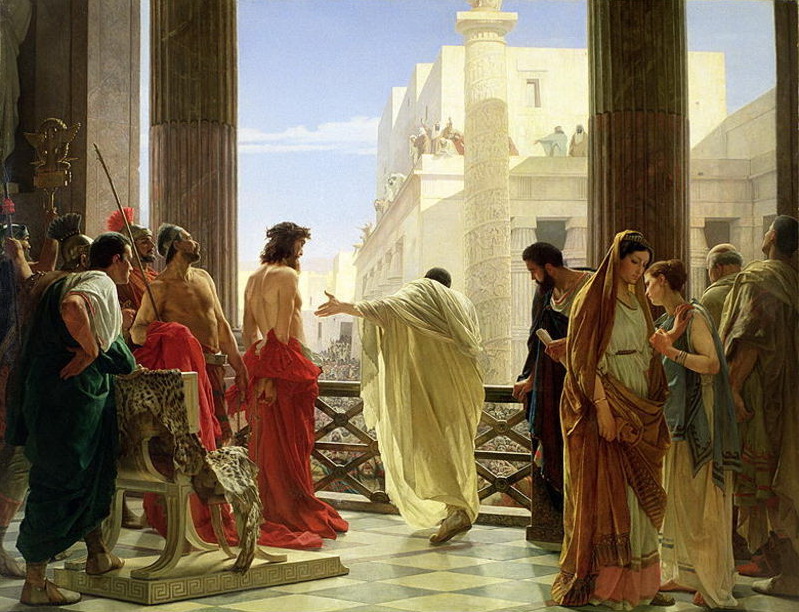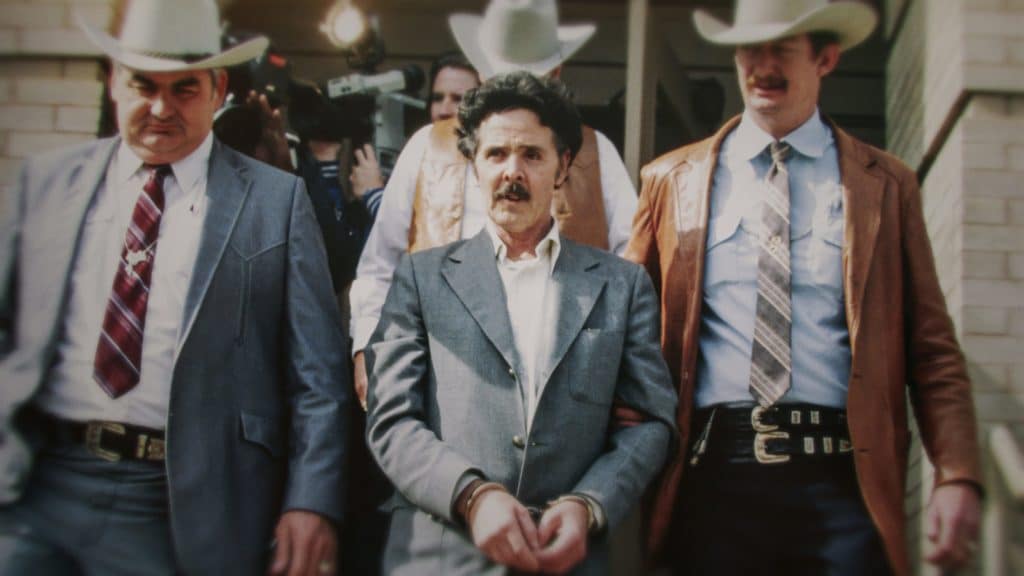Yom Kippur is the holiest day of the year for people of the Jewish faith. Beginning in the evening, ten days after the start of the Jewish New Year, called Rosh Hashanah, the holiday is supposed to be a day of prayer, fasting, forgiveness, and humility for all Jews worldwide.
But what exactly is Yom Kippur, and how is it celebrated today compared to years past?
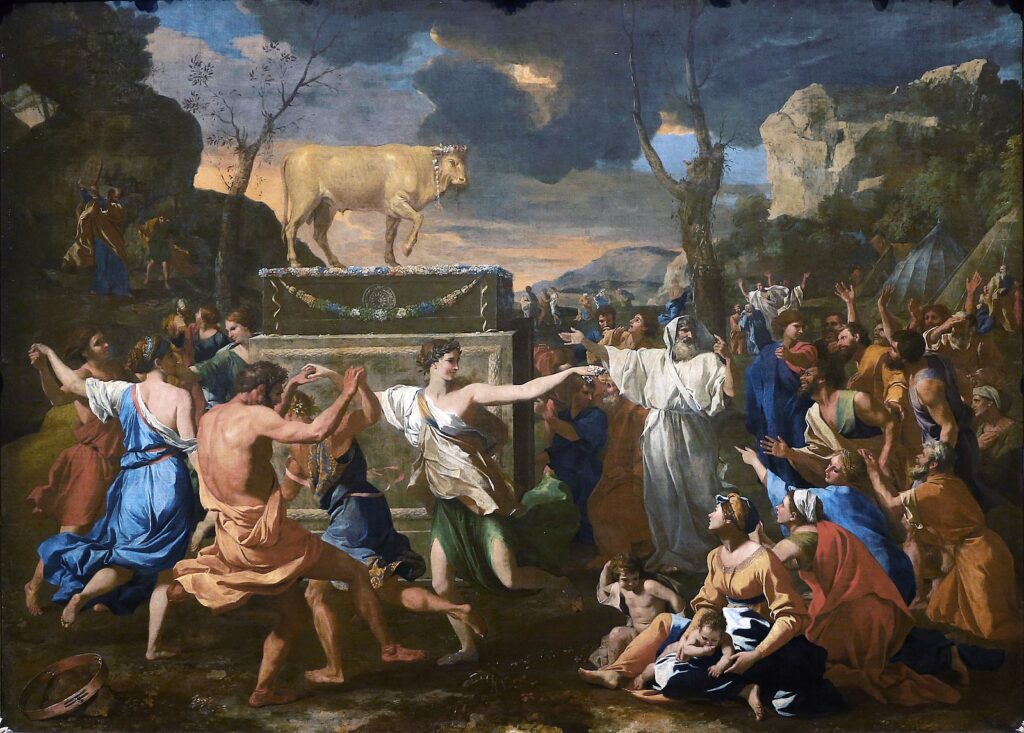
What is Yom Kippur?
The biblical justification for Yom Kippur comes from the story of the golden calf. Over the past two hundred years, the Jewish people had been enslaved in Egypt.
After Moses led the Jewish people to freedom after crossing the Red Sea with God’s intervention, they settled in the Holy Land. Moses went up a great mountain to receive the Ten Commandments.
While Moses was gone, the Jewish people began worshiping a golden calf. They did this because they were unsure if Moses would return and if God had really been the one to deliver them from the Egyptians.
Upon Moses’ return, he became so enraged that he smashed the Ten Commandments God had given him and rebuked the Israelites never to worship an idol again. After getting forgiveness from God, Moses descended with a new set of Commandments.
The holiday of Yom Kippur celebrates Moses bringing down the second set of Ten Commandments. Because it happened on the tenth day of Tishrei, the secular date for the holiday begins in late September or early October each year, depending on when Rosh Hashanah falls.
This is because the Hebrew calendar is based on a lunar calendar, while the Gregorian calendar, the one predominately used worldwide, is based on the sun.
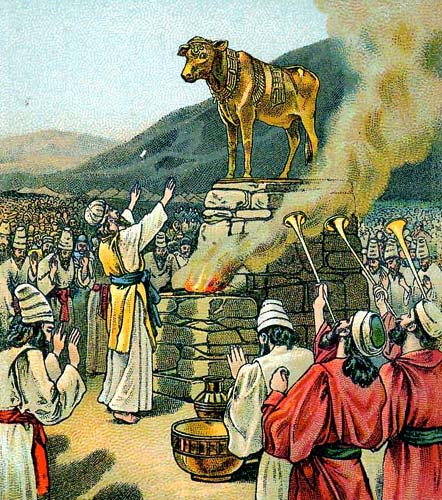
Celebratory Traditions
Just before the tenth day of Tishrei starts, Jewish families begin by having a large meal. This meal is the last meal Jews will eat until the end of the holiday.
After the conclusion of the meal, candles are lit at home, signifying the entrance of God’s love and forgiveness into their homes. Because Jewish holidays begin at sunset, the first of the five prayer services is held that evening before Yom Kippur.
During the day, Jewish people attend four more prayer services at the synagogue. Yom Kippur is unique in that it is the only Jewish holiday to celebrate five different services since most others only have three or four.
Because of the large number of prayers, there is a special book dedicated to prayers for that day that lays out each of the different prayers for each service.
Throughout each service, the mood is solemn. The services aim to ask God for forgiveness of sins for the coming year. The afternoon service also includes a reading of the entire book of Jonah, which is an important religious figure for this holiday, as his story demonstrates the power of God’s forgiveness and love.
At the end of the day, the final service is held and concludes at sunset. As the final service ends, a single, long blast is sounded on a shofar.
The shofar is a traditional religious item made from the horn of a wild goat. Blowing it in ancient times signified the start of a Jubilee year where slaves were freed, property restored, and debts erased, among other liberties.
It is blown at the end of each Yom Kippur to signify the triumph of faith over sin. Once Yom Kippur officially concludes, families then sit together for a great meal to signify the end of the holiday.
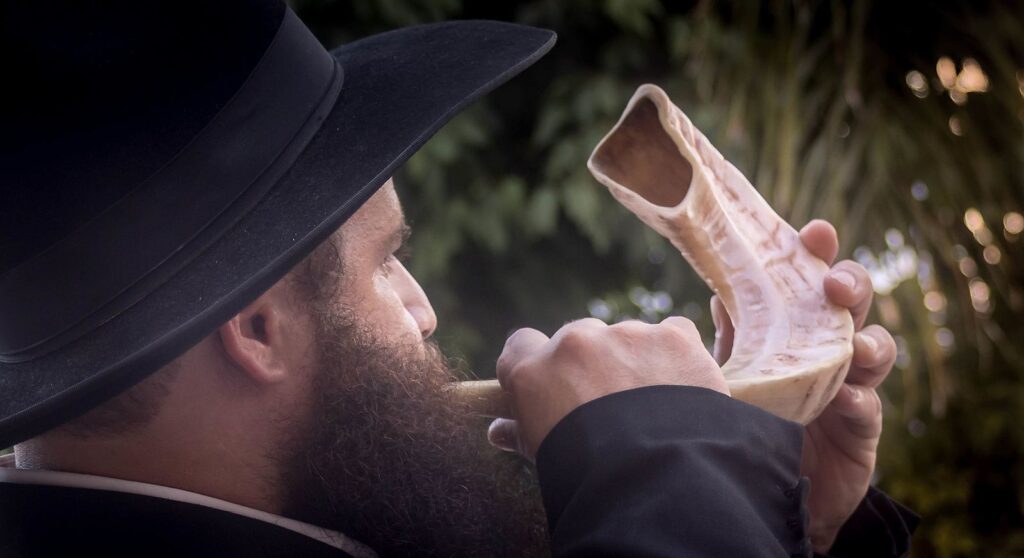
What Are Some Current Customs and Traditions?
Despite being a holiday that is thousands of years old, there are numerous customs and traditions that are still practiced today. Some of the main customs include the five actions Jews are supposed to abstain from during the holiday.
Fasting and Attire
The first and most common of these is the fast. Beginning at sunset the day before, Jews are not supposed to eat or drink anything. Doing so allows them to focus on the spiritual tasks at hand by denying themselves the nourishment of this world and instead focusing on the spiritual world.
Other tasks that Jewish people abstain from on this day include not wearing any perfumes, lotions, or creams, not washing or bathing, and not having sexual relations with one’s spouse. All of these actions are considered distractions that must be avoided on this holy day to focus practitioners on God.
Another action Jews must abstain from is the wearing of leather shoes. Back in the Middle Ages, leather shoes were considered a luxury item due to their comfort.
To continue with the mindset of abstaining from luxuries, Jewish people often wear canvas shoes on Yom Kippur. However, this is one of several special articles of clothing on that day.
Married Jewish men can choose to wear a Kittel. The Kittel is a traditional Jewish white robe that is sometimes worn by grooms for weddings and is the customary burial cloth for all Jewish people.
Wearing the Kittel is supposed to signify humility and the need to repent before God. As a general rule, non-married men and women do not wear the Kittel on this day, though some sects of Judaism allow men and women to wear the Kittel.
Symbolic Acts
Another tradition that is not widespread is raising a chicken over someone’s head. During this act, known as Kapparot, the person who is having the chicken raised above their head is reading passages from the book of Psalms or Job.
The other person raises and lowers the chicken three times while saying a series of prayers. This process is repeated three times.
It is important to note that not all Jews conduct this practice. It also does not have to be done on Yom Kippur but can be done anytime between Rosh Hashanah and Yom Kippur.
Men traditionally have a rooster raised over their head, and women have a hen. Pregnant women have a hen plus an additional hen or rooster for their unborn child raised over them.
Chicken should be as white as possible since this is to signify a reminder of being pure, the price of sin, and its ability to take on the sins of that person. A black chicken should never be used, symbolizing God’s punishment.
Once the ceremony is completed, the chicken or chickens are then slaughtered. Often, the meat is then donated to a needy family. Sometimes, people also perform this ceremony with money and donate the funds to charity instead.
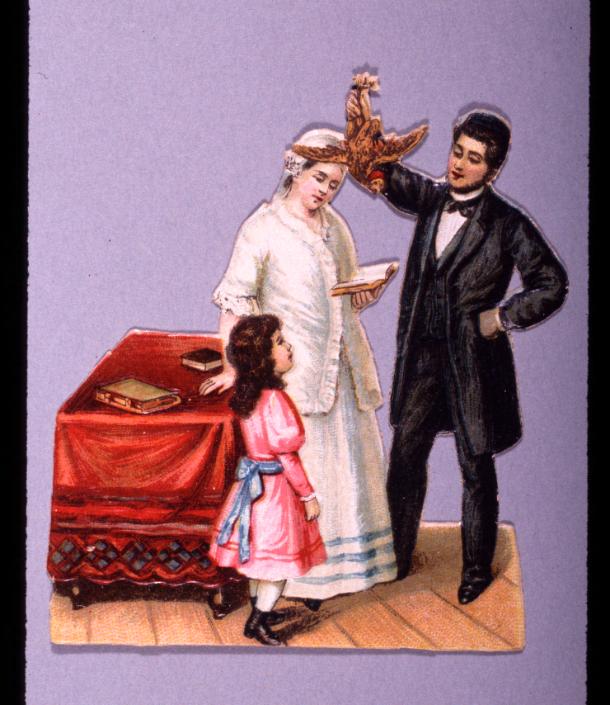
Flogging and Abstaining
Another less widespread practice is flogging in the hours before Yom Kippur begins. Practiced today primarily among Hassidic and Eastern Jews, the ceremony is where a practitioner lays prostrate.
At the same time, a rabbi hits the person on the back with a leather belt or whip 39 times. Of course, the hits are not severe and consist of more of a light tapping, but the tradition stems from ancient Jewish law.
Back when there were still rabbinical courts, flogging was meted out for serious offenses, with the standard number of lashes being 39. During this ceremony, the rabbi and practitioner have a set script of phrases and prayers to atone for the person’s sins before Yom Kippur.
While these practices are not as common, what is fairly common in Israel is that the country basically shuts down for the day. Though driving cars is not explicitly banned, many people do not do so out of custom and being preoccupied with attending synagogue.
For the roughly third of Israel’s population who is secular, many people take to the streets with bicycles and ride across the country in places they could never normally ride a bike, like major highways.
Now that we have a firm understanding of how Yom Kippur is celebrated today, what are some marked differences from the past?
What Are Some Historic Customs and Traditions?
Among Yom Kippur traditions that have fallen out of favor, one is no more famous than the sacrifice of two goats. In this ancient tradition, two nearly identical goats were to be brought before the High Priest.
After drawing lots, one of the goats would be deemed for the Lord and immediately sacrificed. The other goat would be deemed for Azazel.
Who or what Azazel is remains a heated debate among Jewish scholars but some suggest it is a fallen angel or a desolate, foreboding place. During the ritual, the goat would supposedly have the sins of the people incarnated into it.
After the ceremony, the goat would have a red thread tied to its horns and lead away into the wilderness. The goat would then be plunged off a high cliff to its death.
If the ceremony had been successful, the red thread would miraculously turn white. And though it is no longer practiced today, many believe the word “scapegoat” originated from this ancient practice.
Another ancient practice no longer carried out today was that Yom Kippur used to be primarily carried out by the priests. According to the Old Testament, only the priests were specifically called out to cleanse the temple and say prayers, asking for the forgiveness of the Jewish people.
In preparation for this holy day, rabbis would quarantine themselves for one week, often in the wilderness, to purify themselves with prayer and free from human interaction.
Once this week had concluded, the priest would then enter the temple and conduct the required ceremonies to purify it and ask for forgiveness. Only once the democratization of the Jewish faith occurred did all Jews participate in this holy day.
Conclusion
The history of Yom Kippur is steeped in biblical canon that has been carried out for thousands of years. While some traditions have changed, such as leading away a scapegoat and having the holiday only for priests, many ancient traditions have continued.
Fasting, wearing canvas shoes, Kapparot, and whipping continue to this day. Of course, there are wide disparities in how various Judaism traditions celebrate it. But regardless, the holiday is a day steeped in tradition across millennia.
References
https://archive.org/details/allaboutyomkippu0000gron/page/16/mode/2up?view=theater
https://www.thetorah.com/article/the-scapegoat-ritual-and-its-ancient-near-eastern-parallels
https://archive.org/details/celebratingyomki0000head/page/16/mode/2up
https://archive.org/details/isbn_9781580233026/page/18/mode/2up?view=theater
https://reformjudaism.org/jewish-holidays/yom-kippur/yom-kippur-customs-and-rituals
https://reformjudaism.org/blog/5-things-avoid-yom-kippur-favor-spiritual-workout
https://www.grunge.com/936980/what-we-know-about-the-jewish-custom-of-kaparot/
